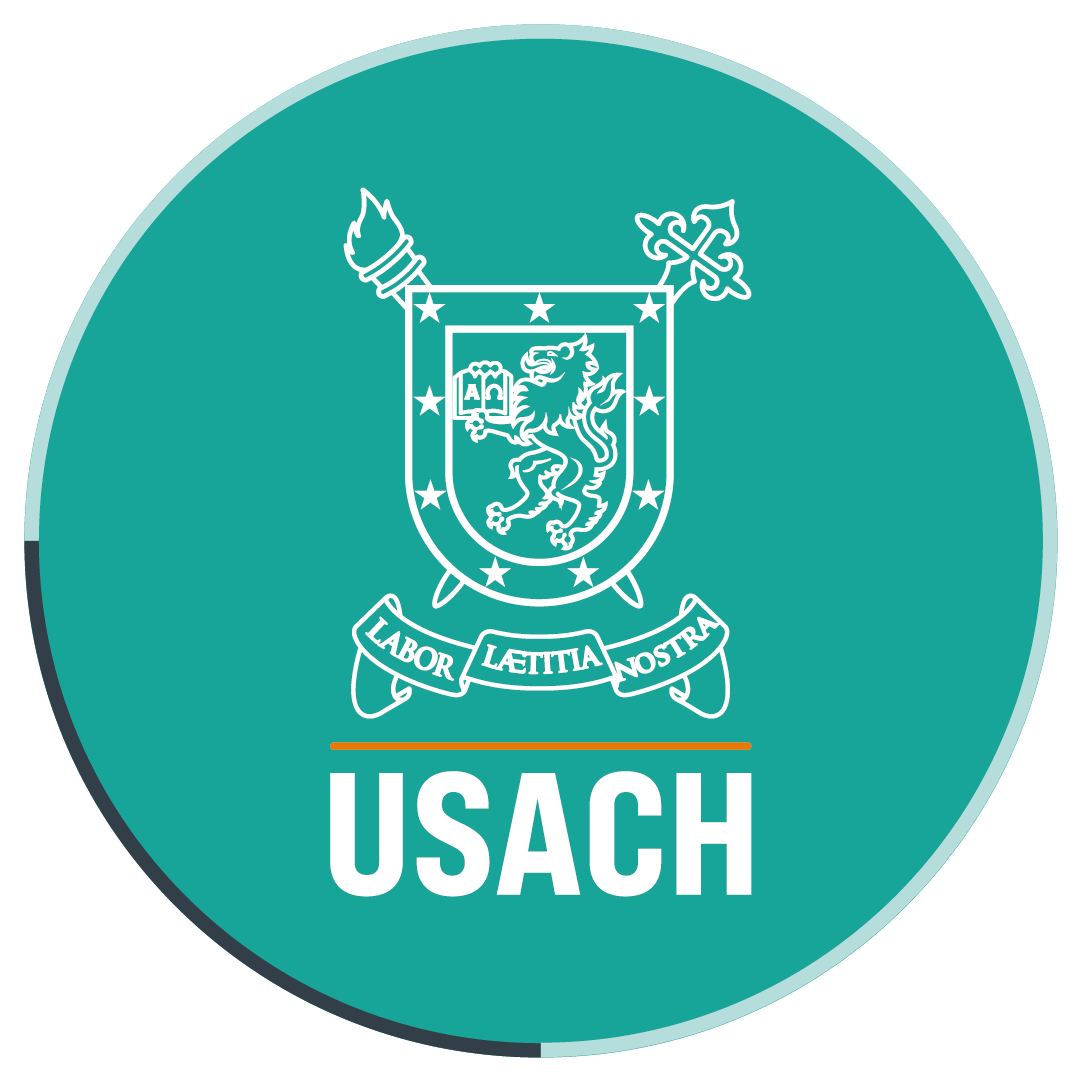Researcher from Engineering studies the mechanics of arteries
- The increase in cardiovascular diseases and the lack of reliable information, on the mechanical capacity of the arteries, became the engine of a promising research led by Claudio Garcia, professor in the Department of Mechanical Engineering.
- "Normally, engineers work with steel, concrete, industrial materials, and leave aside those materials with unknown behaviors," the expert says. He claims that his study of the aorta artery can become a tool for "predicting dangerous states in patients. We want to help physicians in taking decisions when performing an operation," he says.
According to the World Health Organization (WHO), the leading cause of death in the world is related to cardiovascular diseases. These pathologies do not distinguish gender and they affect mostly people in poor or developing countries.
In this context, he estimates that about 23.6 million people will die in 2030, due to cardiovascular complications; that is why the study led by Dr. Claudio Garcia –professor in the Department of Mechanical Engineering of the University of Santiago- is very relevant. He seeks to quantify the effects of the diseases and the age in the arteries, particularly the aorta, one of the main arteries of the human body.
This year, he presented part of his findings in an ISI publication, entitled "Mechanical Behaviour and rupture of normal and pathological human ascending aortic wall," which appeared in June in the Medical & Biological Engineering & Computing journal.
He explains that arterial mechanics defines the structural and functional capacity of the arteries, and it can be studied to obtain new information about their behavior and how the mechanical properties affect the diseases or the patients’ age.
"Our idea was to identify and assess the properties of the materials that make up this blood vessel and try to differentiate how it is affected by age or various diseases. We wanted to know how these factors alter the properties of the material that constitute the aorta,” Dr. Garcia says. He began this research in his doctoral thesis, a study about the properties of biomaterial at the Polytechnic University of Madrid, an organization that has provided resources for his research, which also has the support of a FONDECYT grant.
According to this professional, his interest in finding out about this health subject arose during his stay in the European country, where he felt motivated "by the permanent interaction with physicians who wanted to understand how the diseases affect this kind of biological materials. In their view, having an index to predict rupture states is important because, most of the time, the criteria used by doctors are only the arteries size or diameter. "
"Normally, engineers work with steel, concrete, industrial materials, and leave aside those materials with unknown behaviors." Research to establish and study how they behave is just starting," the expert says. Then, he refers to one of the main conclusions of his study, which released the mechanical properties of materials that were unknown. He points out that the main difference among patients is the age. As people become older, the arteries become less elastic and the mechanical resistance drops significantly, so they are more prone to rupture.
The importance of this information is to "predict dangerous states in patients. We want to help physicians in taking decisions when performing an operation," he says.

